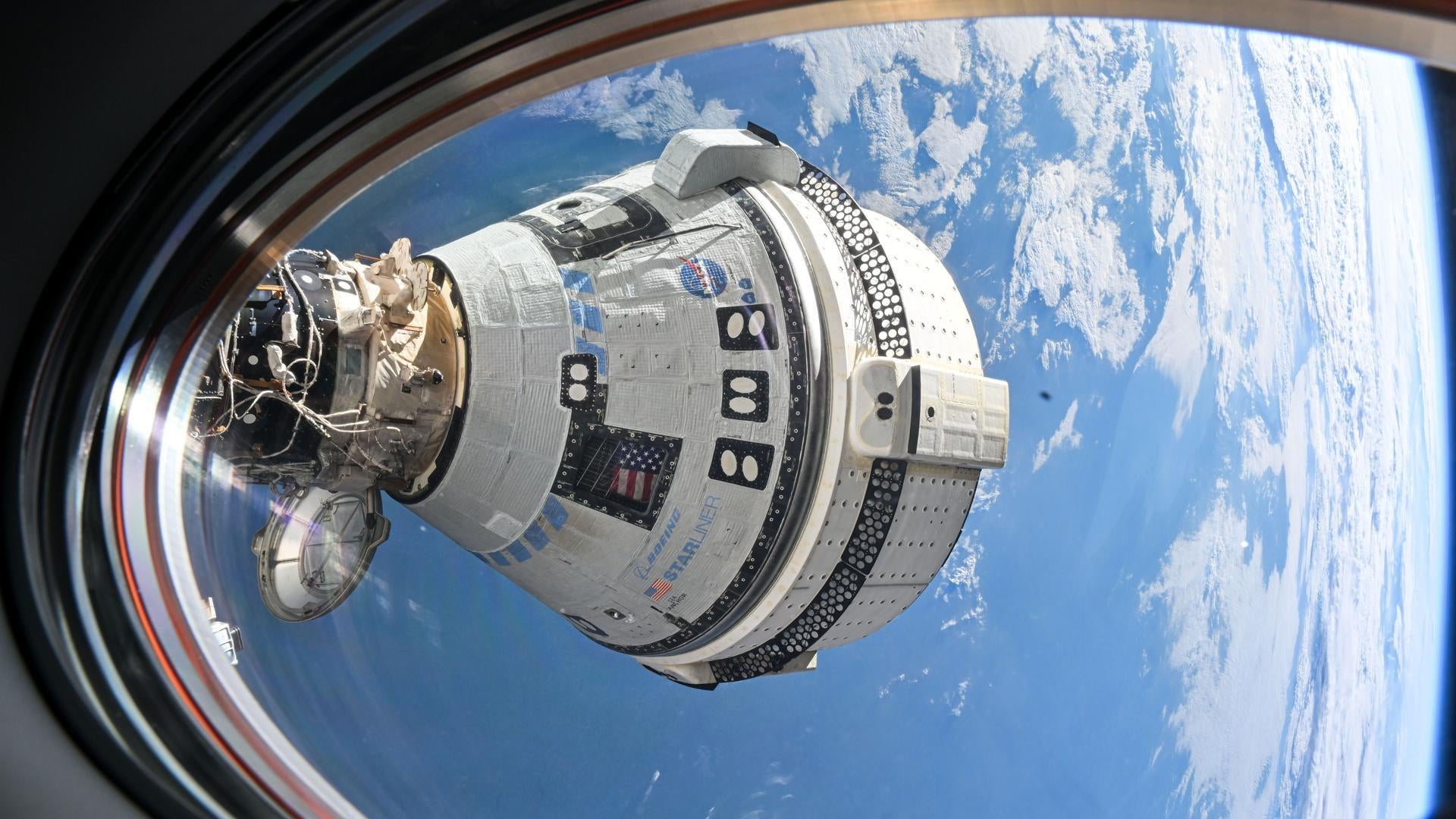Boeing's stranded Starliner spacecraft will have a very fast undocking from the ISS
NASA outlined a plan to shove the Starliner away from the ISS as quickly as possible so it doesn't potentially crash into the station

With NASA announcing that astronauts Butch Wilmore and Suni Williams will return to Earth next March on SpaceX’s Crew-9 mission, the focus quickly shifted to what will happen to the beleaguered Boeing Starliner. The space agency plans to autonomously undock the craft from the International Space Station but fears the Starliner could drift out of control and potentially crash into the station.
Suggested Reading
NASA outlined a plan to shove the Starliner as away from the ISS as quickly as possible without overstressing the thrusts that caused this dilemma in the first place. This breakout burn procedure will be a series of a dozen short and sharp thruster burns. In a teleconference on Wednesday, Johnson Space Center lead flight director Anthony Vareha explained:
Related Content
“The reason we chose doing this breakout burn is simply it gets the vehicle away from Station faster and, without the crew on board, able to take manual control if needed. There’s just a lot less variables we need to account for when we do the breakout burn and allows us to get the vehicle on its trajectory home that much sooner.”
NASA vigorously attempted to find fixes while Wilmore and Williams ended up stranded on the ISS. The space agency confirmed during a briefing last month that engineers were able to recreate the thruster’s issues during tests at White Sands Test Facility in New Mexico, SpaceNews reported. The Teflon seal around a poppet, a thruster valve, expanded and started extruding out as the thruster headed up. The melted Teflon then constrained the propellant’s flow.
When the Starliner shoves off, it will open up space on the ISS for the Crew-9 Crew Dragon. Colonel Nick Hague will command the mission, becoming the first Space Force Guardian selected to go to space. However, the achievement comes with a caveat: he’s already been to space. Hague graduated from the U.S. Air Force Academy in 1998 and was selected to become an astronaut in 2013, but he transferred to the Space Force in 2021.
I want to believe that the Space Force is a real military branch and not just a scheme by Air Force Space Command to get more funding and promotions with ugly uniforms and forced traditions. At least the fledging service is more capable than Boeing.
